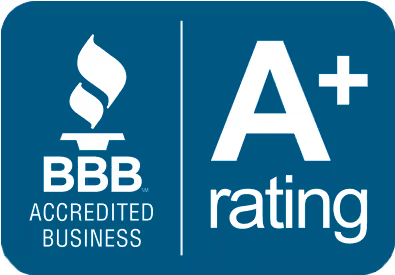Water stains and moisture in your basement can indicate leaks or poor waterproofing. Learn the causes, risks of mold growth, and how professional basement waterproofing services can eliminate moisture and protect your home from long-term damage.






The presence of water stains or dampness on your concrete walls or floors is indicative of an excess of water and moisture. This could be a result of water seeping through cracks or seams in your basement cove, or moisture condensing on cooler surfaces within your basement.
Allowing excess moisture and dampness to persist can lead to significant problems over time. Ignoring these issues will not resolve them; in fact, they will worsen. We strongly advise homeowners facing moisture and dampness concerns in their basements to reach out to us for a free inspection and repair estimate.
Water stains, efflorescence or dampness on walls and floors, especially near the floor and wall joint, are common indicators of water damage within your home. Such symptoms could arise from serious problems like broken pipes or flooding, or from surface moisture caused by humidity and condensation. These stains may also point to groundwater infiltrating your basement or crawl space, or water permeating through concrete walls.
These signs of discoloration and dampness are signs that water is sitting against the outside of your basement wall and not properly draining away. Luckily, '58 Foundations & Waterproofing has a solution to drain this water away with a sub-floor basement waterproofing drainage system.
The primary sources of water damage often include interior issues such as leaky plumbing fixtures, high humidity leading to condensation, pin hole or pipe penetration leaks, and leaks from rain and groundwater. Any of these water or moisture problems can stain walls, leave behind a white powdery efflorescence, and foster mold growth on certain surfaces.
Deficiencies in gutters and downspouts, a leaking roof, and runoff from ground and surface water are key contributors to water damage in homes. Moisture concerns can also arise from elevated indoor humidity levels, resulting in condensation on interior surfaces.
Water-related issues from within the home range from groundwater leaks and plumbing-related troubles to excessive indoor humidity. Common culprits encompass rainwater, burst pipes, and leaks from appliances like dishwashers and washing machines. These leaks can all lead to mold growth and long-term structural harm.
Given the construction of houses, it’s nearly inevitable for groundwater damage to affect homes with below-ground basements or crawl spaces. Homeowners should be mindful of this when considering basement finishing projects.
Upon detecting signs of water damage, it’s crucial to identify the source before initiating repairs. Homeowners should assess items in their homes that release water, such as refrigerators, baths, and sinks, and monitor them for leaks. Regular maintenance, including gutter checks, weatherproofing around windows, and monitoring irrigation systems, is vital to prevent enduring damage and costly fixes.
Water damage in homes can stem from various sources, both internal and external. By routinely inspecting potential triggers of moisture-related problems inside and outside the home, homeowners can avert lasting damage and expensive repairs. These proactive measures early on will help maintain the health and structural integrity of your home.
For those dealing with ground water leaks, we offer a complimentary inspection and estimate for waterproofing your basement or crawl space.






We respect your privacy. By submitting, you authorize '58 Foundations and Waterproofing to reach you via call, email or text for information about your project needs. We will never share your personal information with third parties for marketing purposes. You can opt out at any time. Message/data rates may apply. Consent is not a condition of purchase. Privacy Policy